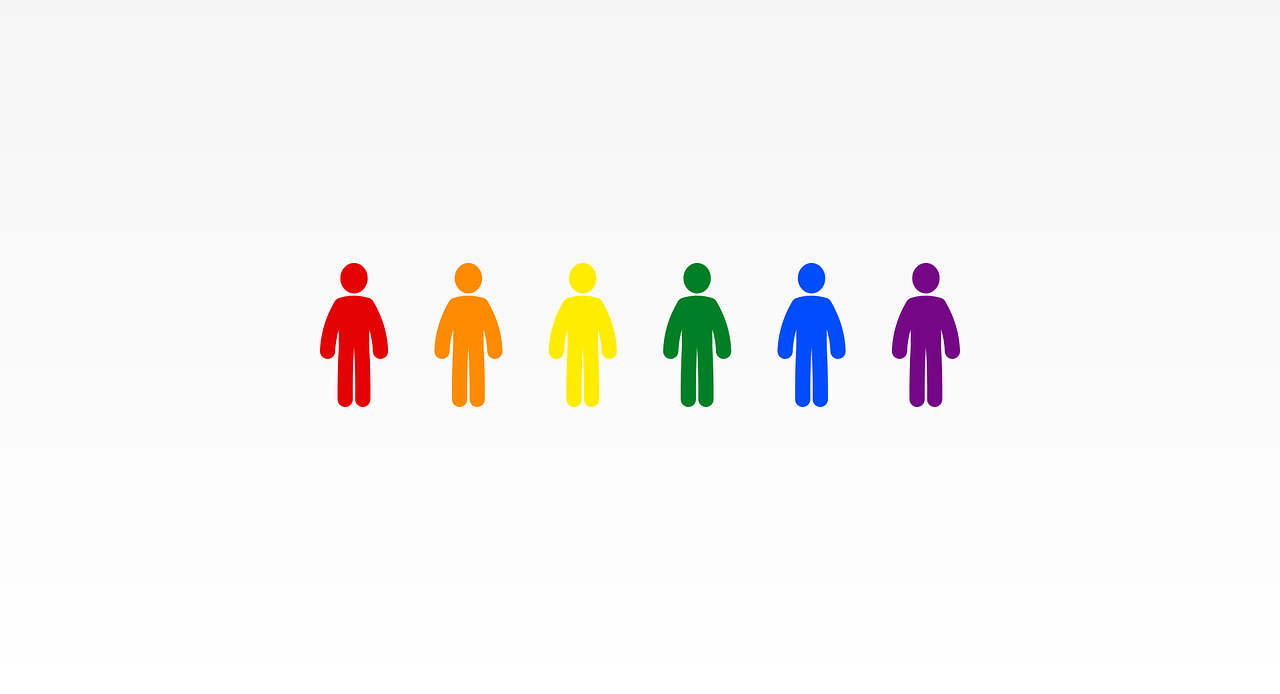
Lesbianism eludes heteronormativity.
Heteronormativity is the social system that considers heterosexuality as the normal or appropriate sexual orientation . This implies that other types of relationships fail to comply with social norms (that is, those rules that must be respected to live in a community).
Gender normativity refers to those social norms that establish what is appropriate and what is not for women and men in a given society. This differentiation defines the way in which people can enjoy their freedom and access various resources. Heteronormativity implies that heterosexuals enjoy privileges over those who have another sexual orientation or a gender identity that does not match the sex they were assigned at birth.
The genre
Gender is a construction that is made from the roles that a society gives to women and men. Those gender roles are not determined by biology. In this framework, the gender identity of each subject is the result of their own perception, and may or may not coincide with the sexual characteristics arising from the anatomy.
Society, in this framework, shapes what is understood by masculinity and femininity. In this way, gender stereotypes emerge that determine how men and women should act.
Heteronormativity is associated with cisgender : the coincidence between the sex assigned at birth and gender identity (unlike what happens with someone who is transgender). As a social system, it is based on gender binarism (there are only two different and complementary genders); By extension, appropriate or correct relationships are considered to occur between individuals of the opposite sex.
Heteronormativity can be said to align biological sex, sexual orientation, and gender roles, identity, and expression . This produces the aforementioned cisgender privilege that threatens sexual diversity and contributes to social inequality since it causes the marginalization or exclusion of gays and queers.

Heteronormativity threatens inclusion.
History of the term heteronormativity
The American social theorist and literary critic Michael Warner is considered to have coined the term heteronormativity in the early 1990s . In developing queer theory, Warner analyzed how sexual and gender dissidents are forced to adapt to heteronormativity to achieve broader social acceptance. In this context, he considered that equal marriage is a procedure that aims to normalize homosexuality, for example.
According to Warner , the stigmatization associated with gender seeks to prevent other ways of life from opposing the prevailing social structures. That is why heteronormativity curtails autonomy.
Before this theorist, other thinkers had already analyzed the way in which society imposes gender norms. Adrienne Rich , Gayle Rubin , and Monique Wittig are some of the philosophers, sociologists, and anthropologists who examined these questions from feminist and other perspectives.

To transcend heteronormativity, diversity education is required.
power relations
Hetenormativity is usually understood as the result of power relations that regulate sexuality . Heterosexual bonds, considered the only "natural" or "normal" ones, are institutionalized. Consequently, homosexuality, bisexuality, pansexuality and asexuality are persecuted.
Non-binary finds no place in the heteronormative vision. Gender oppression is reflected in homophobia , transphobia , biphobia and other forms of discrimination.
It should be noted that the role of the media and popular culture in the representation of genders is very important. Heteronormative discourses are dominant, affecting LGBT+ daily life.
Examples of heteronormativity
An example of hetenormativity is the assignment of the colors of children's clothing according to gender . It is conventional for boys to dress in light blue or blue, while girls dress in pink. If a father dresses his baby boy in pink, it will generate estrangement since such clothing is not part of heteronormativity.
Something similar happens with the length of boys' hair . It is accepted that boys should have short hair, unlike girls with their long hair. A 10-year-old girl with short hair may attract attention due to heteronormativity.
Continuing with the childhood stage, heteronormativity usually surfaces in parenting mechanisms. A father who tells his son that men don't cry or who asks him not to be a "faggot" in a situation that makes him afraid is acting in accordance with heteronormativity.
A woman who practices boxing and a man who has crafts as a hobby , meanwhile, escape heteronormativity. This is because they do not assume the roles that society assigns to each gender.
Advertisements often offer examples of heteronormativity. Advertisements for the sale of kitchen implements and accessories, to mention one case, are usually aimed at women, assuming that they are in charge of preparing the food. Likewise, if you want to market a product or service linked to football, you generally target the male audience.
